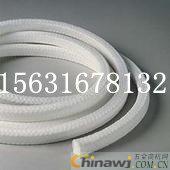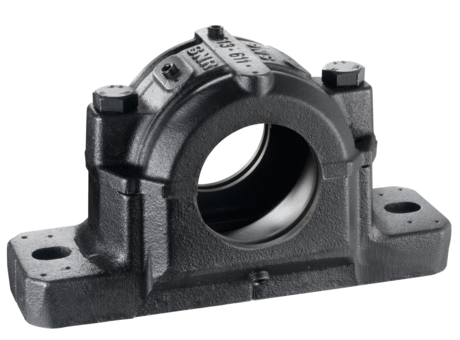How to Identify the Quality of PTFE Packing
One of the most important factors that determine the performance of GRAFI-SEAL GT5110 fiber-woven PTFE packing is its weaving density. However, weaving is a highly skilled and artistic process, making it difficult to quantify the exact density. In general, for most applications, the tighter and more orderly the weave, the better the performance will be in specific conditions. Experience shows that tightly woven PTFE packing not only resists wear and compression but also maintains its shape under high temperatures, reducing the need for frequent adjustments and minimizing leakage.
On the other hand, loosely woven PTFE packing may seem cost-effective at first because it has a longer length per pound. However, this does not translate into real benefits for users. During installation, more of the loose material is required, leading to higher consumption. This can result in increased costs due to more frequent replacements and downtime. A reliable way to improve the density of PTFE packing is through re-compression by the manufacturer, which makes the packing denser, flatter, and more uniform with sharp, well-defined corners.
Size selection is another key factor that affects the effectiveness of PTFE packing. The Fluid Sealing Association generally avoids deviations from standard dimensions. We recommend avoiding oversized packing whenever possible. The GT5110 PTFE packing can be used at or below the standard size, allowing for proper installation in special situations. This helps reduce downtime and the risk of installation errors. Manufacturers often use wheel-woven or formed seal rings to meet dimensional specifications effectively.
Weaving integrity plays a crucial role in the performance of PTFE packing. While some products are braided and sheathed, many applications benefit from heart-weaving, especially for GT5110 fibers. This structure offers better resistance during maintenance and prevents unraveling. Core-woven PTFE packing is known for its uniform density and ability to retain lubrication. Some manufacturers use non-threading methods, which may work well in certain cases without requiring heart-weaving. However, the most effective method involves weaving around a central straight strand, creating a strong, integrated braid.
To ensure high-quality results, we recommend that PTFE packing be produced on machines with multiple spindles and tracks. More spindles mean more strands are interwoven, resulting in stronger and more durable packing. PTFE packing made on four-track machines tends to be smoother and flatter than that made on three-track machines, improving sealing efficiency and reducing the required pressing force. However, in some cases—especially with small-sized packings—using four-track machines may not be necessary.
Maintaining the integrity of performance components is essential. GT5110 fiber is designed to perform optimally in pure environments. It's important not to add extra lubricants during maintenance, as this can reduce the packing’s flexibility and impact resistance, increasing maintenance costs. Additionally, some manufacturers may mix in other fibers to make the product look more attractive, but even a small amount of foreign material can compromise the overall performance of the PTFE packing. For example, adding materials with poor thermal conductivity can reduce heat resistance, while adding hard substances increases equipment wear.
In summary, the best quality PTFE packing is made with tight, consistent weaving, correct sizing, and no unnecessary additives. When choosing PTFE packing, always opt for reputable suppliers who prioritize performance over aesthetics.
[Fluoric packing is marked with PTFE packing technology PTFE packing performance]
Hebei Innovation Sealing Material Co., Ltd.
Mobile: [Phone Number]
Phone: [Phone Number]
Website: [Website URL]
Contact: Business Manager

Pillow block, also known as plumber block, which are bearing housings supplied without any bearings and are usually meant for higher load ratings and a separately installed bearing.
Pillow block or Plummer block housings can be used with high-capacity spherical roller bearings or self-aligning ball bearings. They are manufactured from high-strength cast iron as standard but are also available in cast steel or spheroidal graphite cast iron. The housings have a re-lubrication facility and can be used with either oil or grease lubrication.

Pillow block or Plummer block can be 1 or 2- piece split types held together by two or four cap bolts. Most bases provide two or four mounting bolts. Most blocks are of Class 30 gray cast iron. For more strength and ductility, usually they can be furnished in ductile iron or cast steel.
We have specialized in producing US/EURO standard bearing housings more than 10 years, could help to design the bearing housing or produce the Bearing Housing according to your requirements. (OEM accepted)
Any questions, please feel free to contact with us!
If you are interested with our services or products, you are welcome to visit our factory at any time.
Pillow Blocks,Pillow Block Bearing,Pillow Block Bearing Types,Mounted Pillow Block
SHAOXING QIFENG AUTO PARTS CO., LTD. , https://www.sxqfap.com